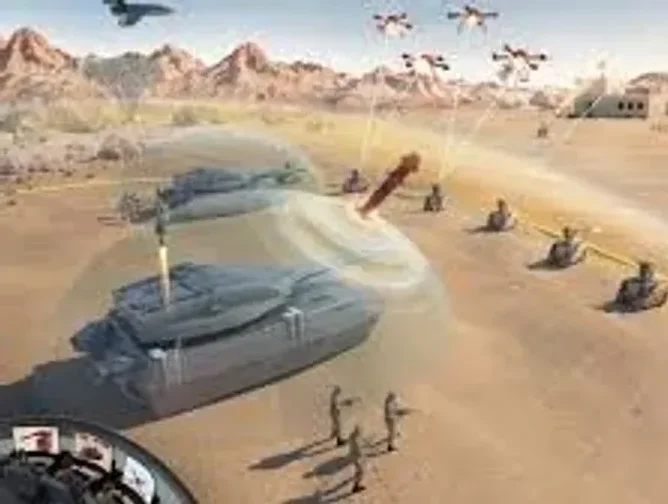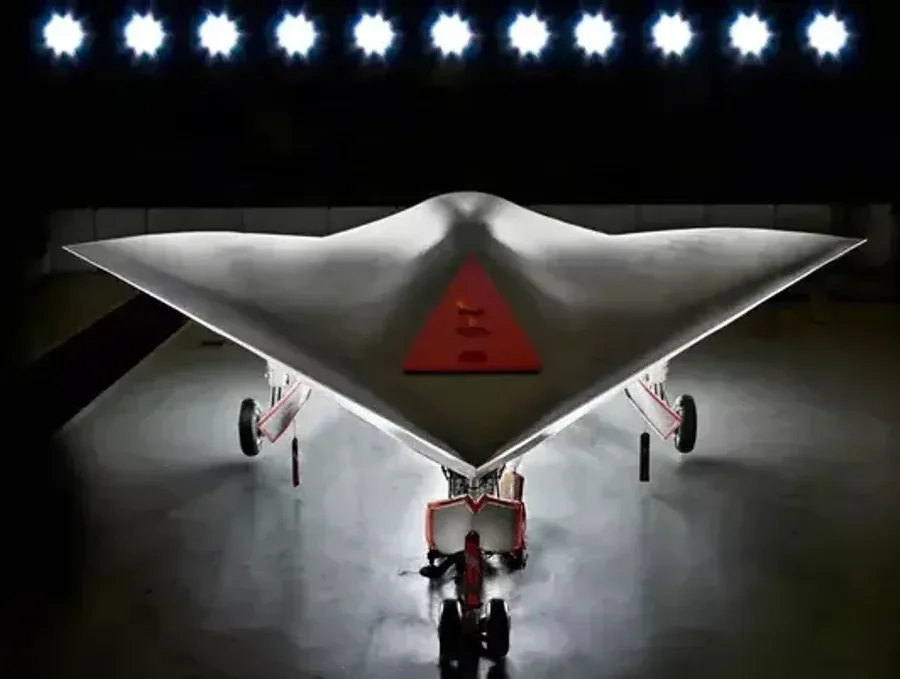2024 marks a pivotal year for EVs, with growth, regulation and debates on incentives as governments navigate the path to a sustainable transition.
What happened in July 2024
Autonomous Vehicles (AVs) are reshaping military strategies and operations by offering unparalleled efficiency, safety and precision. The advanced systems operate without direct human intervention, significantly enhancing battlefield capabilities.
BAE systems’ role in battlefield innovation
BAE Systems Australia is at the forefront of this transformation, providing two full AVs for the Australian Army’s “battlefield simulation” demonstration. The prototypes showcase the potential of integrated autonomous technologies in future combat scenarios.
Adam Watson, Director of Red Ochre Labs at BAE Systems, highlighted the collaborative nature of the project, stating:
“We have a unique opportunity to partner with the Army to develop this technology. This way we can ensure the best capability and value for money.”
By design, the cutting-edge AVs comply with the rules of engagement, ensuring human oversight in decision-making. The project builds on technologies used in previous autonomy programs, including the Taranis, Mantis and Kingfisher UAS demonstrators and the Multi-All Terrain Vehicle (MATV) and Digger Unmanned Ground Vehicle (UGV) platforms.
Strategic integration with robotics and autonomous systems
The M113 prototype vehicles will allow the Army to experiment with autonomous systems as part of its Robotics and Autonomous Systems Strategy. They serve as test platforms for innovations developed by the Trusted Autonomous Systems Defence Cooperative Research Centre (TAS-DCRC).
As a founding member of the TAS-DCRC, BAE Systems leads in land autonomy. It collaborates closely with the Army and Defence Science and Technology Group to ensure soldiers are prepared for future challenges.
The centre focuses on creating autonomous systems that guarantee trusted, effective human-machine collaboration.
Enhanced reconnaissance and surveillance
AVs are transforming battlefield reconnaissance. Equipped with advanced sensors, they collect real-time data on enemy positions and terrain, enabling safer and more effective mission planning.
For instance, drones provide continuous surveillance, offering critical intelligence without endangering human lives.
Improved soldier safety
By taking on hazardous tasks like mine detection, AVs significantly reduce soldiers’ risks. Autonomous ground vehicles can transport troops or evacuate the wounded, ensuring safety in high-risk scenarios.
The ability to handle dangerous missions autonomously preserves lives and bolsters mission effectiveness.

Unmatched versatility in combat
AVs excel in adaptability. From carrying surveillance payloads to deploying weapons systems, they perform effectively in diverse environments, including urban battlefields, deserts and forests. Their versatility makes them invaluable in rapidly changing combat conditions.
Addressing ethical and strategic challenges
The deployment of AVs raises ethical and strategic concerns. It is vital to ensure compliance with international laws and maintain human oversight over life-and-death decisions.
Cybersecurity is another critical issue, as AVs are vulnerable to electronic warfare and hacking. Robust safeguards and ethical guidelines are essential to address these risks while leveraging the benefits of automation.
Shaping the future battlefield
Advances in artificial intelligence and machine learning will enable AVs to execute more complex operations and adapt to dynamic environments. Integrating AVs with unmanned aerial systems and advanced communication networks will amplify their impact further.
AVs are redefining military operations by enhancing efficiency, improving soldier safety and delivering versatile solutions. While challenges remain, their growing role in modern warfare supports the potential to drive the future of combat innovation.



